Introduction: The Journey Begins with Onboarding
Onboarding is often seen as a one-time event—a task to complete before new hires transition to their regular roles. But what if we viewed onboarding as the foundation for a culture of continuous learning? In a rapidly evolving workplace, staying competitive means equipping employees to learn, adapt, and grow throughout their careers.
By grounding onboarding in Cognitive Load Theory (CLT), HR managers can prepare employees not only for day one but for a career of lifelong learning.
Why Continuous Learning Matters
- Adaptability: Employees can handle new challenges and technologies.
- Engagement: Learning increases job satisfaction and motivation.
- Retention: Employees stay longer with organisations that invest in their growth.
- Innovation: Continuous learning fosters creativity and problem-solving.
Onboarding that emphasises continuous learning builds a foundation for these outcomes.
Key Elements of a Continuous Learning Culture
1. Encourage a Growth Mindset
Principle: Employees with a growth mindset view challenges as opportunities to improve.
How to Foster It:
- Emphasise skill development through effort and learning.
- Celebrate progress and perseverance, not just outcomes.
Example: Share success stories during onboarding about employees who thrived through continuous learning.
2. Align Learning with Career Goals
Principle: Employees engage when learning aligns with their aspirations.
How to Foster It:
- Discuss career goals during onboarding.
- Offer personalised development plans that evolve over time.
Example: An aspiring leader could begin with team collaboration training, progressing to advanced leadership courses.
3. Offer Accessible Learning Resources
Principle: Easy access to tailored resources supports continuous learning.
How to Foster It:
- Use digital platforms for on-demand materials.
- Provide diverse formats, including videos, articles, and interactive modules.
Example: A knowledge base with quick-reference guides ensures employees can learn in the flow of work.
4. Incorporate Just-in-Time Learning
Principle: Delivering training when needed enhances application and retention.
How to Foster It:
- Use AI-powered tools for real-time answers.
- Include bite-sized modules for specific challenges.
Example: A chatbot guiding employees through complex software functions in real time.
5. Foster Collaboration and Knowledge Sharing
Principle: Peer learning is a powerful complement to formal training.
How to Foster It:
- Encourage team collaboration and mentorship.
- Host regular sessions for employees to share insights.
Example: Hold lunch-and-learn events where employees discuss recent projects.
6. Build Feedback into the Learning Cycle
Principle: Feedback drives reflection and improvement.
How to Foster It:
- Provide feedback during onboarding and beyond.
- Use assessments to identify gaps and recommend training.
Example: Offer quarterly reviews to adjust development plans based on progress.
How CLT Supports a Learning Culture
Cognitive Load Theory (CLT) guides the creation of effective learning experiences:
- Minimise Extraneous Load: Streamline content to focus on essentials.
- Manage Intrinsic Load: Break complex topics into smaller steps.
- Maximise Germane Load: Encourage active learning and collaboration.
Incorporating CLT principles into onboarding ensures sustainable learning and growth.
Practical Steps for Integrating Continuous Learning into Onboarding
1. Design Onboarding as a Long-Term Plan
Shift from a one-time event to a phased approach.
Example:
- First Week: Role-specific basics.
- First Month: Collaborative projects.
- First Year: Advanced skills training.
2. Leverage Technology for Scalability
Example: Use an LMS with adaptive learning paths to tailor content to employee progress.
3. Emphasise Active Learning
Example: Include role-playing and simulations during training.
4. Reward Learning Achievements
Example: Recognise milestones with badges or certifications.
Benefits of a Continuous Learning Culture
- Stronger Engagement: Employees feel valued and supported.
- Faster Adaptation: Learning prepares employees for change.
- Improved Performance: Skill-building enhances productivity.
- Increased Retention: Employees stay with organisations investing in their development.
Conclusion: Make Learning a Lifelong Journey
Onboarding is just the beginning. By embedding continuous learning into your culture, you empower employees to grow and thrive.
Ask yourself: Are you inspiring employees to become lifelong learners? The answer shapes the future of your workforce.
Takeaways
- Continuous learning ensures employees remain adaptable, engaged, and aligned with organisational goals.
- Onboarding can set the tone for learning by fostering a growth mindset and aligning training with career aspirations.
- Using CLT principles creates impactful, sustainable learning experiences.
Tips for the Workplace
- Extend Onboarding: Transition onboarding into long-term learning plans.
- Invest in Technology: Provide accessible, personalised resources.
- Encourage Collaboration: Foster knowledge sharing through mentoring.
- Deliver Timely Training: Use just-in-time learning tools.
- Celebrate Achievements: Reward employees for learning milestones.
References
- Sweller, J. (1988). Cognitive Load During Problem Solving: Effects on Learning. Cognitive Science. https://doi.org/10.1016/0364-0213(88)90023-7
- Mayer, R. E. (2005). Cognitive Theory of Multimedia Learning. Cambridge University Press. https://doi.org/10.1017/CBO9780511816819
- Society for Human Resource Management (SHRM). (2019). Onboarding Metrics That Matter. https://www.shrm.org
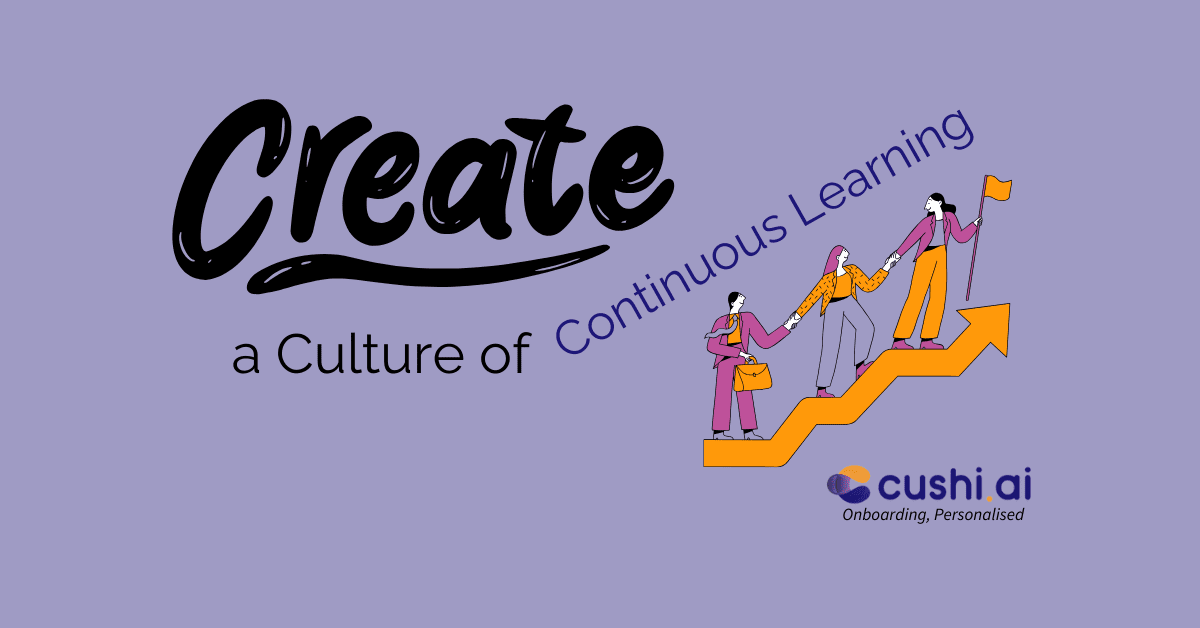
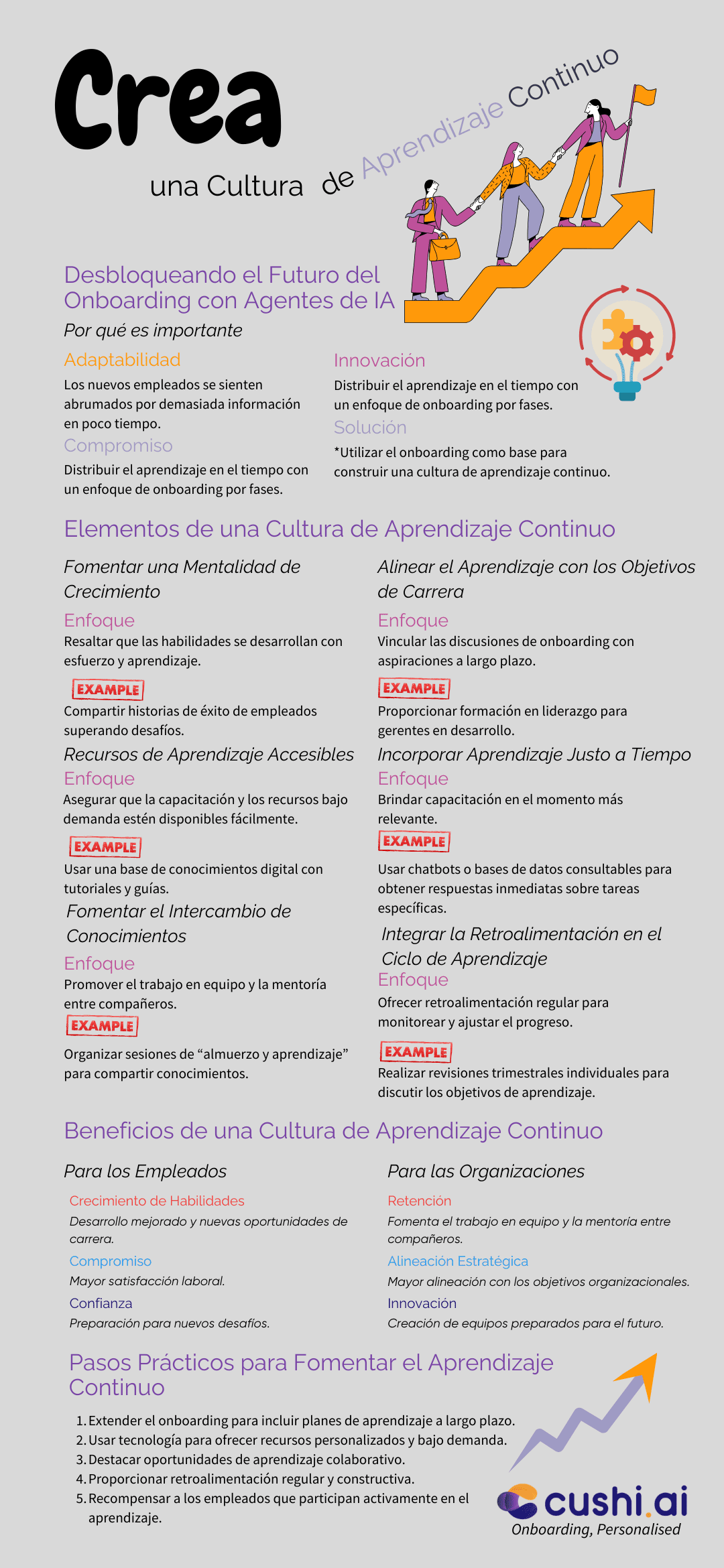
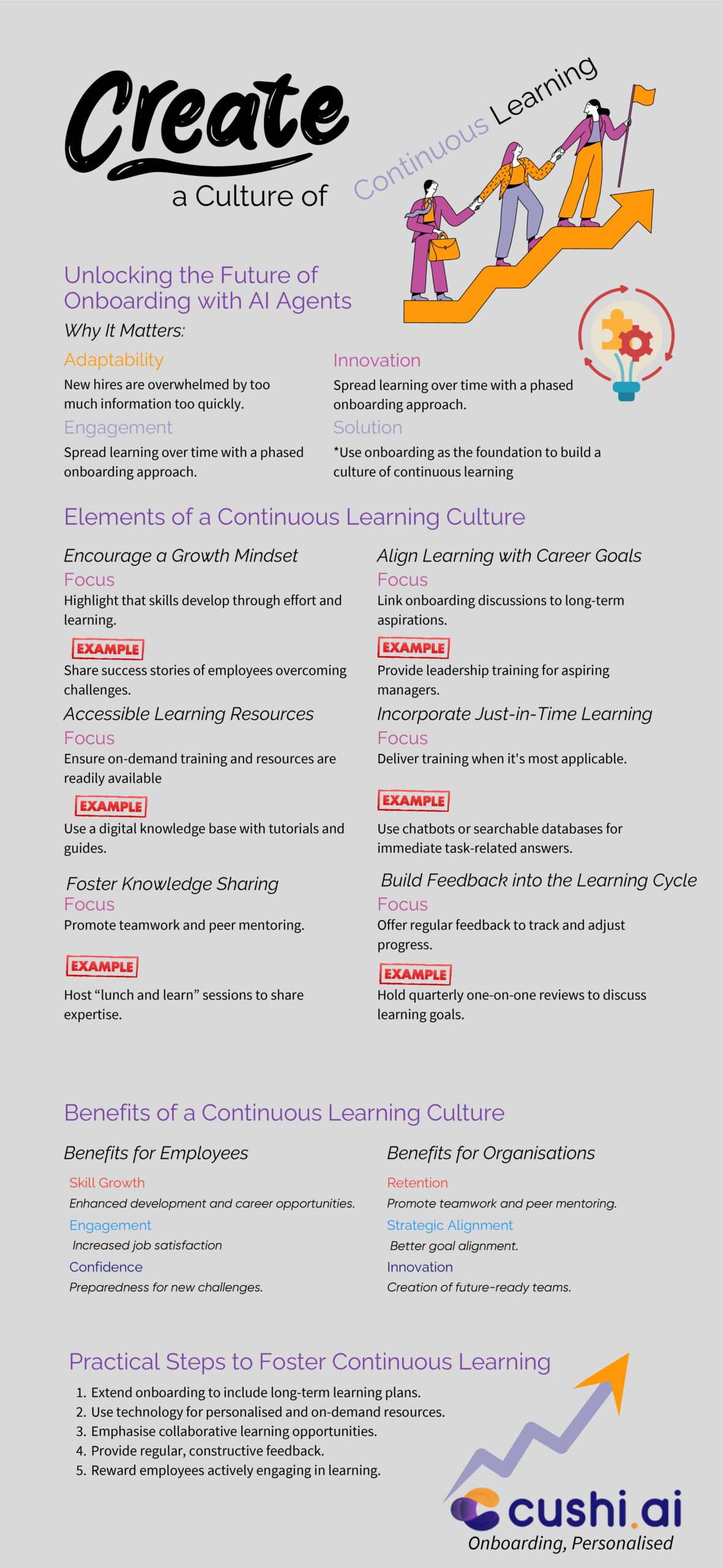
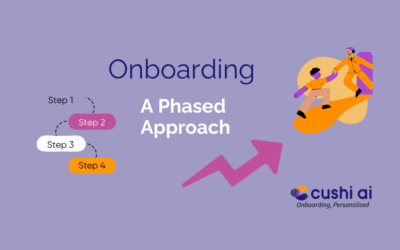
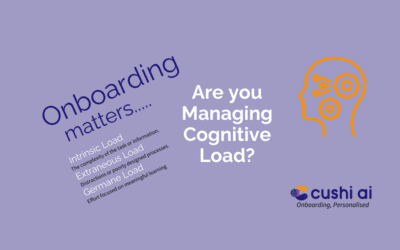
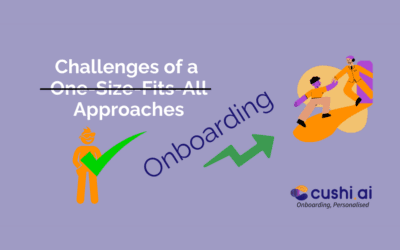
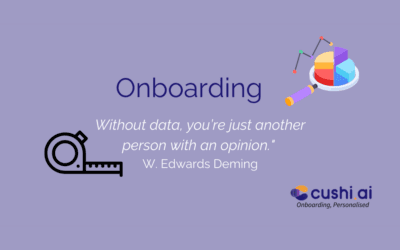
0 Comments